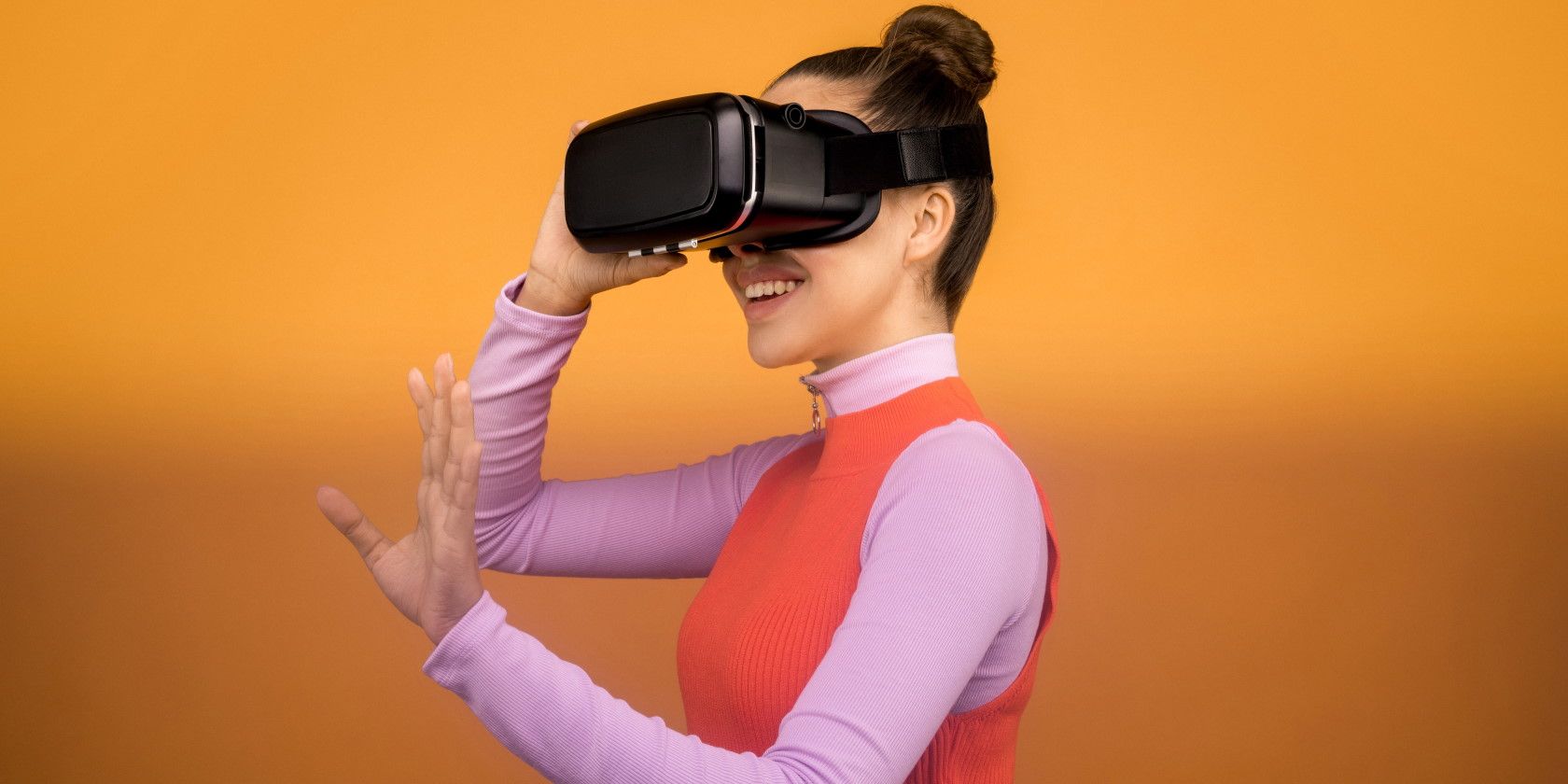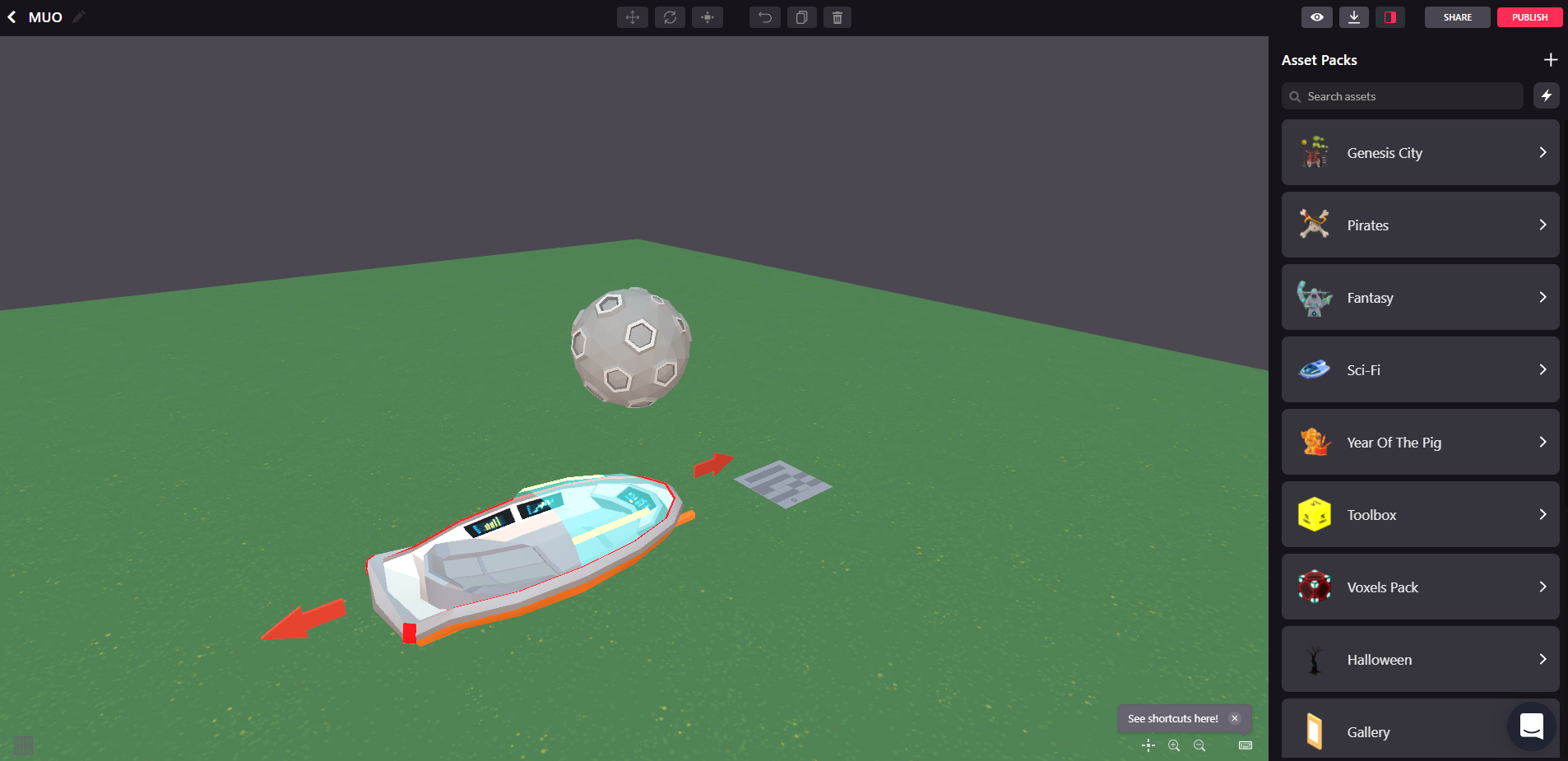Virtual immersion has been a running media theme since the late 20th century. But after November 2021's rebranding of Facebook to Meta, the Metaverse has become a somewhat vague term online.Let's look at specific projects present on two major Metaverse platforms: Decentraland and The Sandbox.
What Exactly Is the Metaverse?
The Metaverse includes the following areas:
- Virtual hardware, such as headset and motion detection that immerse the user in the virtual world.
- Oasis—a single centralized platform with a virtual currency to buy virtual merchandise to access Metaverse content.
- People living in squalor and working in the real world to pay for virtual merchandise.
While this may become a reality someday, we are not quite there yet. Instead, we have an optional VR headset for those who don't get motion-sick using VR. Therefore, most of the Metaverse interface is traditional—sitting down and looking at a screen and using a keyboard, mouse, or controller.
Moreover, the Metaverse economy is diversified and decentralized. Although Meta (Facebook) does want to become a mirror of the fictional Innovative Online Industries (IOI) in Ready Player One, this is likely never going to happen. Instead, Metaverse users will migrate their blockchain accounts across Metaverse platforms via crypto wallets like MetaMask.
As a noncustodial wallet that leaves users with their private keys, they are the true owners of the Metaverse assets, not the platform. In other words, these funds could only be canceled if the Metaverse platform goes bankrupt, plummeting the value of its native token.
There are many competitors vying for Metaverse market share, but two are the most prominent and well-funded with their own native tokens: Decentraland (MANA) and The Sandbox (SAND). First, let's take a look at their commonalities.
How Are The Sandbox and Decentraland Similar to One Another?
Just like OpenSea is a centralized platform built on top of decentralized Ethereum, the same is true for both Decentraland and The Sandbox. Therefore, MANA and SAND follow Ethereum's ERC-20 compatibility standard. Likewise, they use the ERC-721 standard for non-fungible tokens (NFTs).
Simply put, they are both 3D, browser-based platforms giving users the tools to create 3D assets and then tokenize them as tradable NFTs.
Unlike OpenSea, which just provides a user-friendly interface for NFT trading, Decentraland and The Sandbox extend this greatly. It gives users the tools to build games, galleries, concerts, casinos, and everything else that can be virtually conceived.
Furthermore, the platforms' tokenized assets, as NFTs, range from in-game gear and cosmetics to virtual land parcels. Specifically, The Sandbox's main focus is to provide users with easy tools such as:
- Game Maker: Without needing coding skills, users can tap into Sandbox's intuitive scripting system to set gaming logic and connect different gaming assets.
- Vox Edit: The Sandbox uses a flexible voxel-based engine just like Trove, a traditional non-blockchain game highly rated on Steam, sharing the same aesthetic. Vox Edit allows users to model, animate, and mint voxel creations as NFTs. These can range from weapons, plants, and animals to vehicles.
- Avatar: The final cog in The Sandbox toolbox is avatar creation and customization, serving as your virtual persona.
Decentraland has equally competent Builder tools, thanks to its Unity engine integration. However, one needs to get a grip on all the available options with Builder video tutorials.
Both platforms are, to some extent, decentralized. However, The Sandbox doesn't run as DAO—Decentralized Autonomous Organization—as Decentraland does. This may change in the future, as The Sandbox team hinted they want to. Nonetheless, their respective tokens, MANA and SAND, are used to pay for NFT minting and trading.
In the case of Decentraland (MANA), the tokens are also usable for voting on the platform's proposals, such as fee structure and other development. On a final note, both platforms take advantage of Polygon, Ethereum's Layer 2 scalability solution that makes token transfers energy efficient and cheaper.
The Sandbox vs. Decentraland: How Are They Different?
While both have plenty of similarities, Decentraland and The Sandbox aren't entirely the same. Below are some of the biggest differences between the two:
- Decentraland limited its land plots to 90,601 NFTs, while The Sandbox has nearly double that, at 166,464 land NFTs.
- Decentraland has three types of tokens—MANA, LAND, WEAR, while The Sandbox has four—SAND, GAMES, LAND, ASSETS.
- Decentraland has a maximum supply of 2,193,785,227 MANA, while The Sandbox has a maximum supply of 3,000,000,000 SAND tokens.
- Decentraland's market cap stands at $4.5 billion, while The Sandbox holds $3.3 billion worth of tokens.
More importantly, The Sandbox has a detailed roadmap, planning to deploy the platform to mobile devices by the end of 2022. In contrast, Decentraland’s roadmap arguably isn't as ambitious. The Sandbox is more centralized with experienced video game developers, while Decentraland relies on its DAO for development.
Decentraland's notable collaborations include Cyberpunk, Polygon, and Atari. On the other hand, The Sandbox's assets can be exported to OpenSea on top of its collaboration with Snoop Dogg, the Walking Dead, and CryptoKitties. Therefore, Decentraland users can only buy land NFTs within their own marketplace. Interestingly, even Atari has its land staked on The Sandbox.
Lastly, because Decentraland is older than The Sandbox, the latter has superior graphics and aesthetics. In comparison, Decentraland looks a bit bland as the pioneer in the 3D blockchain Metaverse.
This is not surprising as The Sandbox started as a mobile game developed by Pixowl game studio in 2012. So, their focus was on gaming from the get-go—while Decentraland's focus was more on blockchain technology.
When it comes to financial backing, both platforms are dependent on venture capital (VC) firms for cash flows. However, Decentraland has more institutional backing: the South Korean Government, Samsung, Polygon, Digital Currency Group, FBG Capital, Cyberpunk.
In contrast, The Sandbox has fewer but heavier backers: SoftBank, the Japanese conglomerate headquartered in Tokyo, with heavy investments on the global stage.
The Sandbox vs. Decentraland: Which Metaverse Platform Should You Pick?
Based on the overall user accessibility, gaming focus, aesthetics, and more detailed roadmap, The Sandbox is the clear winner. While Decentraland boasts its DAO, having a more experienced and decentralized platform tends to yield better results in such a delicate and complex arena as blockchain gaming.
Meanwhile, The Sandbox has plenty of tools and intriguing artistic visuals. Both of these lead to an enjoyable experience. If you can't decide, consider trying them both and discovering which works better for you.


